Project Management Series: Scrum Roles
In the Scrum framework of project management, three primary roles are pivotal for the successful implementation of a project. These roles are the Scrum Master, the Product Owner, and the Development Team.
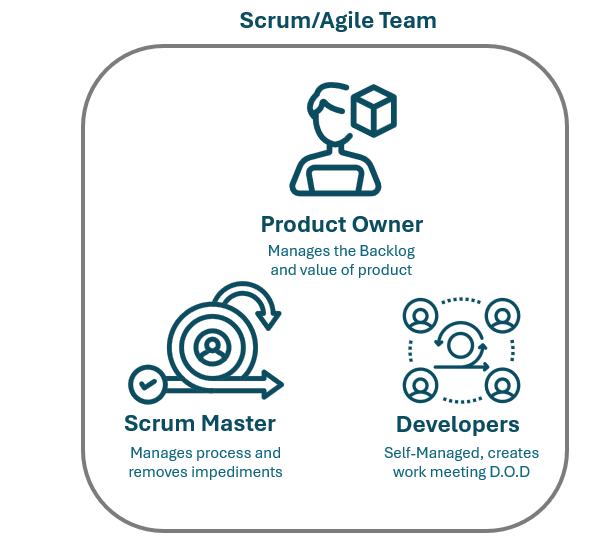
Role 1: Scrum Master
The Scrum Master plays a crucial role in ensuring that the team adheres to the principles and practices of Scrum. They serve as a facilitator, acting as a buffer between the team and any external forces that could potentially disrupt the workflow. Their role involves more than just overseeing; they are actively involved in helping the team overcome any obstacles that might be impeding their progress. By ensuring a smooth workflow, the Scrum Master plays a significant part in the timely and successful completion of the project.
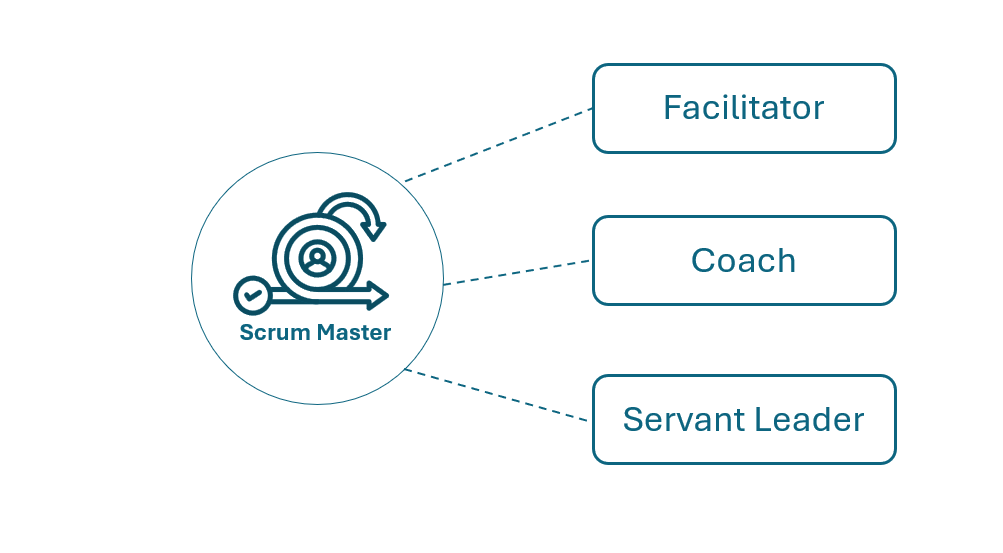
Role 2: Product Owner
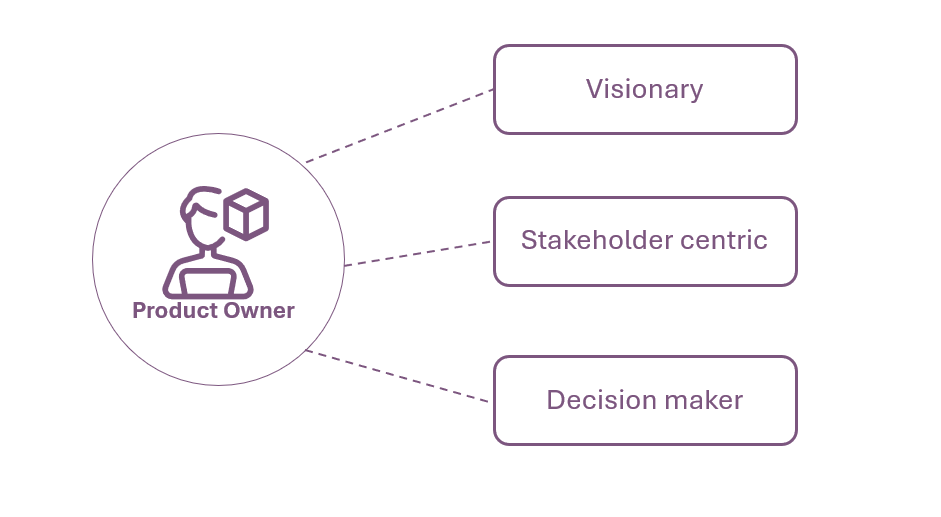
The Product Owner is essentially the spokesperson for the customer or the end-user. Their main responsibilities include managing and prioritizing the product backlog, which is essentially a list of tasks and requirements the product needs. They define user stories, which help the team understand the needs and expectations of the end user. Their role is critical as they ensure that the team is always working on the most valuable features, which in turn guarantees that the end product is of maximum value to the customer.
Role 3: Development Team
The Development Team is composed of professionals who carry out the actual work of delivering a potentially shippable increment of “Done” at the end of each Sprint. The team is self-organizing, meaning they decide on how to best accomplish their work, and cross-functional, implying they have all the skills necessary to get the job done. Their role is central to Scrum as they are the ones who bring the product to life.
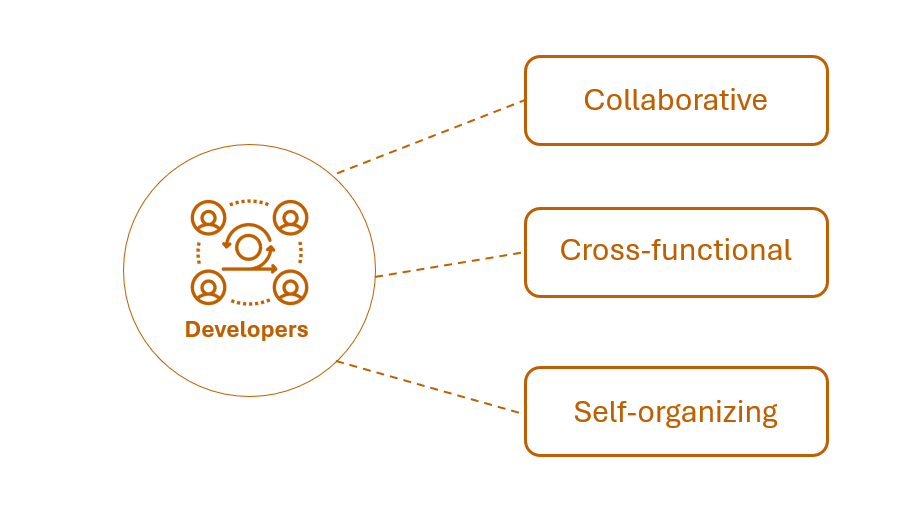
Importance of Roles and Responsibilities of the Scrum Team
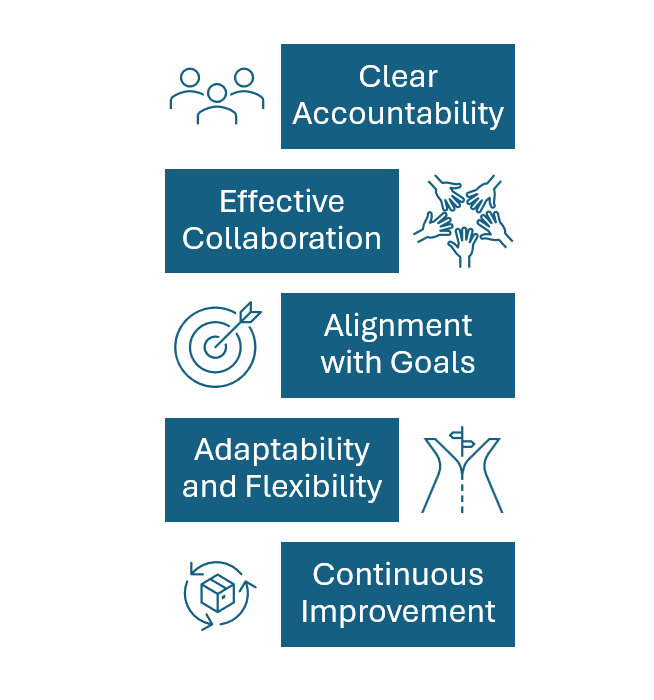
Each role within the Scrum framework is distinct and has its own set of responsibilities. However, they all work together, complementing each other to ensure the project’s success. Understanding and effectively implementing these roles is key to leveraging the benefits of the Scrum methodology. Below are some examples of how scrum roles are one of the integral parts of the Scrum framework.
- Clear Accountability: Each role in Scrum, whether it’s the Scrum Master, Product Owner, or Developers, has defined responsibilities. This clarity ensures that everyone knows their role and what is expected of them, reducing confusion and overlapping responsibilities.
- Effective Collaboration: Scrum roles promote collaboration and teamwork. The Scrum Master facilitates communication and removes obstacles, while the Product Owner ensures alignment with stakeholder needs, and Developers focus on delivering the work. This collaboration helps in identifying and addressing issues swiftly, leading to faster problem resolution and improved productivity.
- Alignment with Goals: The Scrum roles ensure that the team stays aligned with the project goals and priorities. The Product Owner communicates the vision and goals to the team, while the Scrum Master helps to keep the team focused on achieving those objectives. This alignment ensures that the team’s efforts are directed towards delivering value to the customer.
- Adaptability and Flexibility: Scrum roles promote adaptability and flexibility in responding to changes. The Scrum Master helps the team adapt to changing requirements or circumstances, while the Product Owner prioritizes the backlog based on evolving business needs. This flexibility enables the team to respond quickly to feedback and deliver incremental value to stakeholders.
- Continuous Improvement: Scrum roles facilitate continuous improvement by encouraging reflection and learning. The Scrum Master fosters a culture of continuous improvement within the team, while the Product Owner ensures that feedback from stakeholders is incorporated into future iterations. This focus on learning and adaptation helps the team deliver higher-quality outcomes over time.
View our one pager on scrum roles (download here) and other information in our Project Management series.